Film review: The Big Short
January 24, 2016
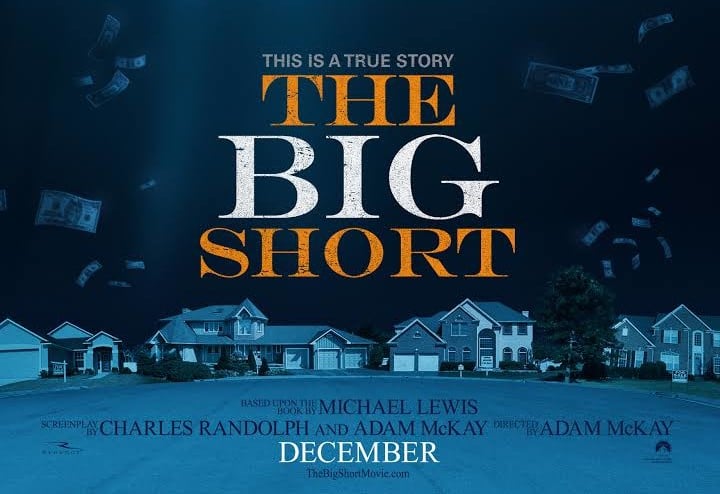
On the surface, Adam McKay is a strange choice to write and direct a film which seeks to elucidate the 2008 financial crash; McKay is best known for his collaborations with Will Ferrell on films like Anchorman (2004), Talladega Nights (2006) and Step Brothers (2008). But if one casts one’s mind back to The Other Guys (2010) – an otherwise nuts-and-bolts buddy cop romp whose denouement rails against corrupt bankers, and whose closing credit sequence details the workings of a Ponzi scheme, the particulars of the T.A.R.P. bailout and the scale of executive bonuses – the decision begins to make sense.
McKay and co-writer Charles Randolph were faced with an almighty task in adapting Michael Lewis’s book. How does one invest subprime loans, credit default swaps and derivatives with dramatic resonance? The story doesn’t fit the standard dramatic model, dealing with vast institutions and regulatory bodies; individuals are by necessity dwarfed by the machine in which they work. Others have attempted the subject; there is The Last Days of Lehman Brothers (2009), Too Big to Fail (2011) and Margin Call (2011), all of which err towards the worthy. Documentary has been the preferred medium for parsing the complexities of the subject; a standout being Charles Ferguson’s stellar Inside Job (2010).
The Big Short tells the story of a group of weirdoes and outsiders who detect imminent catastrophe in the ‘stable’, ‘low-risk’ and ‘rock solid’ mortgage market and decide to ‘short’ – bet against – the housing market, in the face of general scepticism and scorn. This band of oddball Cassandras comprises Michael Burry (Christian Bale), an obsessive and socially maladroit fund manager; Mark Baum (Steve Carell), an abrasive fund manager with anger management issues and a tragic past; Jared Vennett (Ryan Gosling), an obnoxious hotshot trader; and fledgling investment duo Charlie Geller (John Magaro) and Jamie Shipley (Finn Wittrock), who enlist the help of apocalyptically-minded ex-banker Ben Rickert (Brad Pitt). The narrative comprises three concurrent stories which follow Burry, Baum/Vennett and Geller/Shipley/Rickert through a murky world of corruption and complicity.
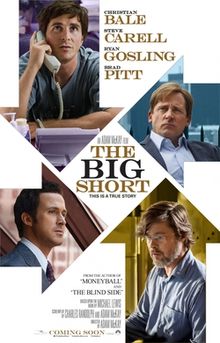
The Big Short
McKay conceived The Big Short as a blend of All the President’s Men (1976) and 24 Hour Party People (2002), with a stylistic palette that falls between Paul Greengrass and Martin Scorsese. McKay has developed the skill of invisible directing in his comedy work, but here he utilises handheld camerawork that lends scenes a feeling of urgency. The overall effect is decidedly Soderberghian, engendering a sense of looseness which provides space for the performances to breathe. McKay occasionally allows his comic instincts to overwhelm the film’s dramatic momentum, with characters breaking the fourth wall and pointing out story contrivances, and the odd sloppy visual metaphor. Celebrity talking heads are used to explain the arcane financial terms that pepper the film; these seek to reassure the viewer that the characters are just as confused as they are, but become an exercise in diminishing returns.
McKay is a gifted improviser with a great ear for the beats of dialogue; his and Randolph’s screenplay treads the line between levity and gravity, only occasionally struggling under the vast expository load and getting bogged down in clunky dialogue. This is a necessary evil when detailing the mind-bending machinations of something like collateralised debt obligations, and is largely achieved through the myriad devices used throughout. Hank Corwin’s editing is integral to grounding the film in the ephemera of the era and pitching the film at the audience of the future: The Big Short has a definite sense of its place in history.
The performances in The Big Short are variable: It’s good to see Bale playing down after the macho histrionics of his recent work with David O. Russell; there is a genuine blankness to his demeanour, the flat affect of someone who cannot regulate their emotions. As the self-appointed avenger, Carell serves as our outrage, articulating our incredulity at what is being wrought; his performance tips into the comic at times, which serves to diminish the pathos of the final act. Pitt delivers a low-key performance as the closest thing the film has to a Redford-esque man of integrity; though its subtlety and stillness may be accentuated by the gratingly goofy turns of Magaro and Wittrock against which he plays. Gosling’s performance is problematic; he throws himself into the role of our narrator and guide with gusto, but it feels altogether too knowing and veers towards a blustering Mamet archetype.
The Big Short is not without its problems. The peripheral characters alternate between ‘low-level bro’ and ‘upscale slime-ball’ caricatures, and the film is a decidedly male affair: Marisa Tomei is underutilised as Baum’s long-suffering wife and Melissa Leo makes a brief appearance; this is the extent of the substantive female presence. Though it details the pyrrhic vindication of those who felt the first rumblings of the financial earthquake with a minimum of grandstanding and some genuine laughs, The Big Short doesn’t quite match the excoriating wit of something like Altman’s M.A.S.H. (1970). It has the feel of a last resort; the subtle approach to telling this story has failed to raise popular ire, and it may take a brassy populist like McKay to lure in a multiplex audience. As we skirt the periphery of the next economic cataclysm, The Big Short couldn’t be better timed, but the impressive parts never mesh into a satisfying whole, lost in the essential ambivalence of its construction.
Filed under: Film, TV & Tech
Tagged with: adam mckay, brad pitt, christian bale, film, finn wittrock, john magaro, ryan gosling, steve carell, the big short
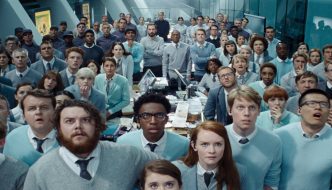
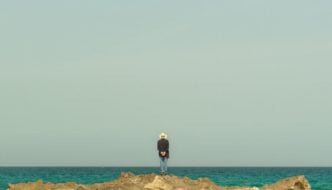
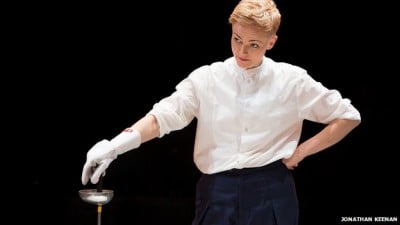
Comments